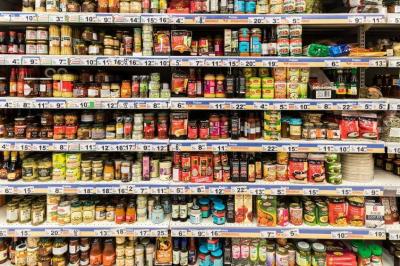Russian nutritionist Natalia Kruglova confirmed that "food producers, when determining the shelf life of their products, usually state the shortest period on the packaging." The expert explained in a statement to the Prime news agency that "the shelf life is the period during which the food retains its flavor, aroma, and physical-chemical properties and remains safe from a microbiological point of view." According to her, "the difference between the actual expiry date determined by laboratory tests and the date stated on the packaging is called the safety factor. This factor varies for different products. For example, for goods with a shelf life of 7 days, the safety factor is 1.5. For those with a shelf life of 30 days, it is 1.3, and for goods with a shelf life exceeding 30 days, it is 1.2."
Based on this, she believes that "if the shelf life stated on the packaging is 7 days, it actually remains valid for 10 days. It is noteworthy that the highest safety factor is for baby food, which is 2, meaning that the producing company states only half of the actual shelf life to avoid any negative outcomes."
She mentioned that "expired materials can be used if they were not exposed to oxygen. The shelf life of frozen materials can also be extended. Natural preservatives like salt and sugar (up to 30 years) and food items such as grains, legumes, and pasta can last up to 15 years. However, materials that contain vegetable oils and water, such as nuts, dried meat, fish, egg powder, and flour, spoil after their expiry date and take on a bitter taste because the oils react with the oxygen in the air."
The expert recommends paying attention to the storage conditions of products, not just their shelf life.




